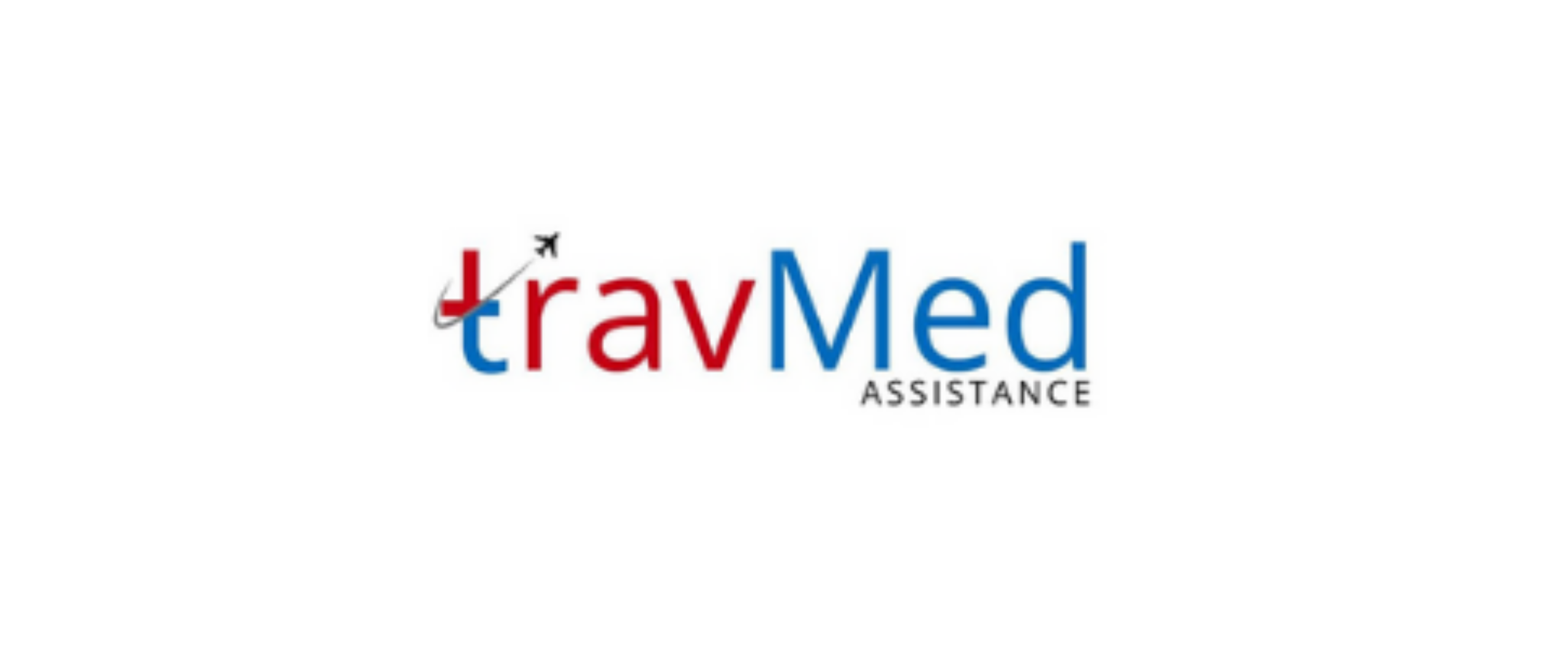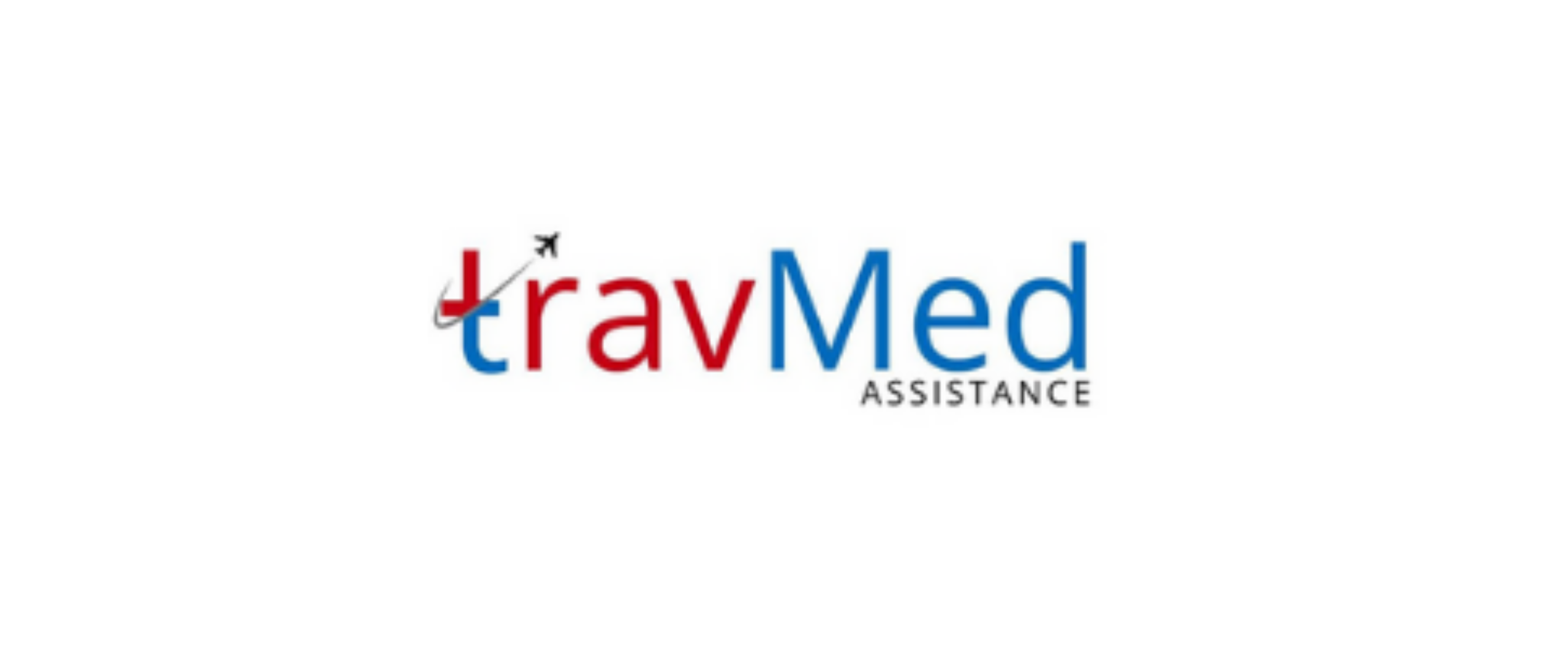
What is medical transportation in Nepal?
Medical transportation in Nepal refers to specialized services that transport patients between healthcare facilities or from their homes to medical centers. These services cater to individuals who require medical attention during transit due to illness, injury, or disability. In Nepal, medical transportation encompasses a range of vehicles, including ambulances, helicopters, and specially equipped vans. These services play a vital role in Nepal’s healthcare system, especially given the country’s challenging terrain and limited road infrastructure in many areas. Medical transportation providers in Nepal are equipped to handle various patient needs, from basic life support to advanced critical care, ensuring safe and timely transfer of patients to appropriate medical facilities.
Who provides transportation services in Nepal?
In Nepal, medical transportation services are provided by a combination of government agencies, private companies, and non-governmental organizations (NGOs). The Government of Nepal, through its Ministry of Health and Population, operates a fleet of ambulances and air ambulances to serve the public. Private companies like Travmed Assistance, Nepal Ambulance Service, and Fishtail Air offer ground and air medical transportation services. NGOs such as the Red Cross Society of Nepal also contribute significantly to medical transportation, especially in rural and remote areas. Additionally, some hospitals in Nepal maintain their own ambulance fleets to serve their patients. These diverse providers ensure that medical transportation services are available across different regions of Nepal, catering to various patient needs and emergency situations.
How does medical transport work?
Medical transport in Nepal operates through a coordinated system involving healthcare providers, dispatch centers, and transportation teams. When a patient requires medical transportation, the process typically begins with a healthcare professional or family member contacting a transportation provider. The provider assesses the patient’s condition and determines the appropriate mode of transport (ground ambulance, air ambulance, or specialized vehicle). A trained medical team, usually consisting of paramedics or nurses, is dispatched to the patient’s location. The team stabilizes the patient and prepares them for transport, using necessary medical equipment. During the journey, the medical team monitors the patient’s condition and provides ongoing care as needed. Upon arrival at the destination healthcare facility, the transport team ensures a smooth handover of the patient to the receiving medical staff, along with all relevant medical information.
What documents are required for transport?
For medical transportation in Nepal, several documents are typically required to ensure proper patient care and legal compliance:
- Patient’s medical records or summary
- Physician’s referral or transfer order
- Consent form signed by the patient or legal guardian
- Identification documents (citizenship card, passport)
- Insurance information (if applicable)
- Medical transport request form
- Destination hospital acceptance confirmation
- Patient’s medication list
- Recent test results or imaging reports
- Emergency contact information
These documents help medical transport providers understand the patient’s condition, ensure appropriate care during transit, and facilitate smooth admission at the destination facility. In emergency situations, some documentation requirements may be waived to prioritize immediate patient care.
How much does medical transportation cost?
The cost of medical transportation in Nepal varies widely depending on factors such as the mode of transport, distance, patient condition, and service provider. Ground ambulance services within Kathmandu Valley typically range from NPR 1,500 to NPR 5,000 for basic life support. For advanced life support or long-distance transfers, costs can increase to NPR 10,000 – NPR 30,000. Air ambulance services are significantly more expensive, with helicopter evacuations costing between NPR 100,000 to NPR 500,000, depending on the location and flight duration. International air ambulance transfers can exceed NPR 1,000,000. Some providers offer package deals or membership programs that can reduce costs. It’s important to note that many Nepali citizens find these services financially challenging, and efforts are ongoing to make medical transportation more affordable and accessible.
Are services available in remote areas?
Medical transportation services are available in remote areas of Nepal, but accessibility and response times can be challenging due to the country’s rugged terrain and limited infrastructure. In remote regions, air ambulance services often play a crucial role. Organizations like Fishtail Air and the Nepal Army operate helicopter rescue services that can reach isolated areas. Ground ambulance services in remote areas are typically provided by local health posts, NGOs, or community-based organizations. However, the availability and quality of these services can vary significantly. The Government of Nepal has initiatives to improve medical transportation in remote areas, including the establishment of ambulance services at each local level. Despite these efforts, many remote communities still face significant challenges in accessing timely medical transportation, particularly during emergencies or adverse weather conditions.
How is patient safety ensured during transport?
Patient safety during medical transportation in Nepal is ensured through a combination of trained personnel, appropriate equipment, and established protocols. Medical transport teams typically include paramedics or nurses with specialized training in emergency care and patient transport. These professionals continuously monitor the patient’s vital signs and provide necessary interventions during transit. Vehicles are equipped with essential medical devices such as oxygen supply, cardiac monitors, and defibrillators. Strict infection control measures are implemented, including regular vehicle sanitization and use of personal protective equipment. Providers follow standardized protocols for patient handling, medication administration, and emergency procedures. For air ambulances, additional safety measures include flight path planning, weather monitoring, and coordination with air traffic control. Regular maintenance of vehicles and equipment, along with ongoing training for staff, further contributes to patient safety during medical transportation in Nepal.
What equipment is used in medical transportation?
Medical transportation vehicles in Nepal are equipped with a range of essential medical devices and supplies to provide care during transit:
- Stretchers or gurneys with secure locking mechanisms
- Oxygen supply systems and masks
- Cardiac monitors and defibrillators
- Suction devices for airway clearance
- Blood pressure monitors and pulse oximeters
- Intravenous (IV) fluid administration sets
- Emergency medications and first aid kits
- Spinal boards and cervical collars for immobilization
- Ventilators for respiratory support
- Infusion pumps for controlled medication delivery
- Communication devices for contact with medical facilities
- GPS systems for navigation
- Pediatric equipment for child patients
- Personal protective equipment (PPE) for staff
Advanced life support ambulances and air ambulances may have additional specialized equipment based on their specific roles and patient needs.
How long does transport usually take?
The duration of medical transportation in Nepal varies significantly depending on factors such as the mode of transport, distance, traffic conditions, and terrain. Within Kathmandu Valley, ground ambulance transport typically takes 15-45 minutes, depending on traffic and the specific locations involved. For inter-city ground transport, journey times can range from 2-12 hours or more, depending on the distance and road conditions. Air ambulance services significantly reduce transport times for long-distance or remote area transfers. A helicopter evacuation from a trekking region to Kathmandu, for example, might take 1-3 hours, compared to several days by ground transport. International air ambulance transfers to neighboring countries like India can take 2-4 hours of flight time, plus additional time for patient preparation and customs procedures. It’s important to note that in Nepal, transport times can be unpredictable due to factors like weather conditions, road blockages, or fuel shortages.
Can family accompany during medical transport?
In Nepal, the policy regarding family accompaniment during medical transport varies depending on the service provider and the specific circumstances of the transport. Generally, for ground ambulance services, one family member is often allowed to accompany the patient, space permitting. This allows for emotional support and can be helpful in providing patient history or making decisions if needed. However, in cases where the patient’s condition is critical or the ambulance is fully occupied with medical staff, family accompaniment may be restricted. For air ambulance services, the ability for family to accompany is more limited due to space constraints and weight considerations in aircraft. In these cases, family members typically need to arrange separate transportation. Some providers may allow family accompaniment on a case-by-case basis, particularly for pediatric patients or in special circumstances. It’s advisable to discuss family accompaniment options with the medical transportation provider when arranging the service.
Are services available 24/7 in Nepal?
Medical transportation services in Nepal are generally available 24 hours a day, 7 days a week, reflecting the unpredictable nature of medical emergencies. Major providers like Nepal Ambulance Service and private companies operate round-the-clock dispatch centers to respond to calls at any time. Government-run ambulance services associated with hospitals also typically offer 24/7 availability. However, the level of service and response times may vary, especially during night hours or in remote areas. Air ambulance services, while available 24/7, may have limitations during nighttime or in adverse weather conditions due to safety considerations. In Kathmandu and other major cities, 24/7 availability is more reliable, but in rural or remote areas, nighttime services might be more limited or take longer to respond. It’s advisable for individuals to have emergency contact numbers readily available and to be aware of the nearest medical facilities that offer round-the-clock services.
How do I contact transportation providers?
Contacting medical transportation providers in Nepal can be done through various channels:
- Emergency hotlines: For immediate assistance, dial 102 (the national ambulance emergency number)
- Provider-specific numbers: Many companies have dedicated hotlines (e.g., Nepal Ambulance Service: 102, 4228094)
- Hospital emergency departments: Often can arrange transportation
- Online platforms: Some providers offer booking through websites or apps
- Local health posts: In rural areas, can help contact nearest available service
- Tourism agencies: For visitors, can assist in contacting appropriate services
- Police: Dial 100 for help in contacting medical transport in emergencies
- Social media: Some providers offer contact options through platforms like Facebook
- Email: For non-urgent inquiries or advance bookings
- Physical offices: Larger providers have offices where services can be arranged in person
It’s recommended to save relevant emergency numbers on your phone and familiarize yourself with local medical transport options in advance.


